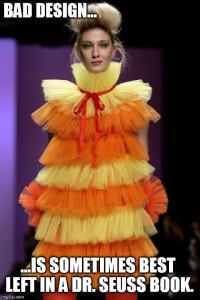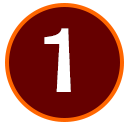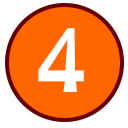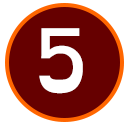This is the post for the Wednesday, October 7, 2015 class meeting.
Important Dates
 October 16: Fall Break (no class meeting)
October 16: Fall Break (no class meeting)- October 21: Project 3 Peer Review
- October 26: Project 3: Interrogate a Story Source due by 11:59 PM
Moving from How to Why
We have done several activities where you determined how a text works (using the Writer/Designer Analysis Questions). Today we will practice identifying why it works the way it does.
Why is a harder question to answer, because it depends upon the complex interplay of all the ways the text works. You can guess certain things easily about the choices someone has made, but some details will be more nuanced.
Remember too that the text may fail. They author or publisher may have made certain choices to reach a particular audience. You may be able to determine why they made the choices, but it’s legitimate to note when those choices do not achieve the intended goal.
Board Book Example
We’ll take a look at Web Design for Babies (Codebabies Books, 2012), and talk about why it was made the way it has been and whether it’s successful.
Group Analysis Activity
We’ll arrange into groups of two or three. Each group will take a different text from the list and analyze it. You will report back to the whole class. Be ready to tell us why the text has been made the way it has been.
- Halloween entry in Wikipedia
- History of Halloween (History.com)
- The Fantasy and Folklore of All Hallows
- Where Does Halloween Come From?
- History of Halloween (5-Minute English)
- What the hell is Halloween? (Over 9 mins—don’t watch all of it!)
- Halloween
- Halloween Report
- Where Did Halloween Come From?
- Halloween History
- Halloween Traditions
- 13 Strange Facts On Why We Celebrate Halloween
Warning: I did not review every detail on every site. If you run into something problematic (like cultural misappropriation costumes), you can either just skip that detail OR you can make it part of your analysis by thinking about why it’s there and what it communicates.
Reward
If we have time, you will see something you may not do for Project 3 & 4.
Homework
For Friday’s session (10/9), do the following before class:
- Read Chapter 4 of Writer/Designer. We’ll talk about sources and assets in class.
- Be ready to tell me the story you have chosen in the in-class writing. You need the story only, not the way you plan to remix it.
- If you are considering a project that you need feedback on, ask me on Wednesday (or email me before then).
For Monday’s session (10/12), do the following before class:
- Read pp. 40–45 of Writer/Designer (in Chapter 3). We’ll review the techniques for analyzing the what, how, and why of your texts.
- You will have time to work on you projects in class on Monday. Bring whatever you need with you to work (e.g., the source you are analyzing)
For Wednesday’s session (10/12), do the following before class:
- I’ll address any questions that come up as you worked on Monday.
- You will have time to work on you projects in class on Wednesday. Bring whatever you need with you to work (e.g., the source you are analyzing)
For Friday, have a nice day off. Enjoy your break weekend.


 write and design web content, use digital images (and if appropriate, video and audio), and recognize basic HTML and CSS syntax.
write and design web content, use digital images (and if appropriate, video and audio), and recognize basic HTML and CSS syntax.









